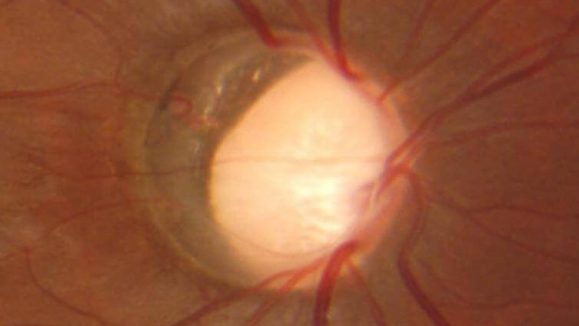Diseases and disorders of the posterior segment account for a significant proportion of vision loss and blindness globally; they also tend to be rapidly progressing.
These include age-related macular degeneration (AMD), diabetic retinopathy and retinitis pigmentosa, which often require frequent and chronic therapy. The key to managing these conditions is by the administration of posterior ocular therapeutics; safe and effective products, delivered with an appropriate route of administration to improve and maintain vision.
Recently, Vibhuti Agrahari and colleagues at the University of Missouri-Kansas City, School of Pharmacy published an expert review of the advancements and challenges related to drug delivery to the back of the eye in Expert Opinion On Drug Delivery. They discussed promising drug delivery solutions, as well as the challenges encountered by clinicians and pharmaceutical scientists. The authors state that, “considering the needs of drug delivery to the back of eye, a strategic approach that guarantees the long-term therapeutic effect with patient compliance is needed.”
Effective delivery of drugs to the posterior segment is challenging. Due to the anatomical and physiological features of the eye, drugs must be carefully formulated for optimal efficacy, minimizing adverse effects, and limiting washout or systemic absorption, resulting in a low ocular drug bioavailability. Conventional formulations are currently limited in their ability to overcome static/dynamic barriers, leading to the need for frequent treatment. Currently, intravitreal injection is the most widely used route of administration. However, clinicians are aware that frequent administration of drugs via this route can increase the risk of retinal detachment, endophthalmitis and elevated intraocular pressure.
To limit the frequency of intravitreal injections, sustained release technology is getting a lot of attention. The ideal sustained release technology provides a high level of safety with controlled, continuous release over an extended period, while maintaining drug bioactivity. The use of nanocarrier approaches, such as nanoparticle suspensions, liposomes, nanospheres and nanoemulsions, are showing potential over conventional formulations in providing an efficient drug delivery to the back of the eye. Although promising, several obstacles to effective use of nanomedicine still exist. From a practicality standpoint, the cost efficiency of nanoformulations need to be carefully considered, as well as the scalability and regulatory requirements. Agrahari and colleagues highlight the journey of product development, the time and costs of pharmacokinetic modelling and the importance of suitable animal model selection.
Cell transplantation for posterior segment diseases aims to directly replace endogenous cells, and/or deliver stem cells that can secrete trophic factors, whereby rescuing the degenerating cells. Retinal stem cell transplantation can be performed by two different approaches, injection of a cell suspension, and surgical implantation of an RPE monolayer.
Encapsulated cell technology (ECT) uses specifically genetically engineered cells to overexpress desired therapeutic proteins. These cells are then encapsulated into a semipermeable biomaterial carrier that facilitates the diffusion of the proteins. ECT has the potential for continuous, long-term, and controlled delivery of ocular therapeutics, bypassing the blood–retinal barrier without systemic exposure. However, cells must survive within the encapsulation matrix. Both cell transplantation and ECT approaches are offering promising results. However, they remain questionable due to ethical issues and the lack of cell engraftment and survival after transplantation.
The technology to effectively deliver drugs to the posterior segment is rapidly evolving, but as the authors of the Expert Opinion on Drug Delivery article concluded, “understanding of ocular barriers, routes of administration, disease pathophysiology, and drug metabolism/clearance mechanisms is required for better therapeutic outcomes.” They also added that, “there are numerous multidimensional challenges to cure vision problems and a collaborative approach among scientists is required for successful translation of novel strategies to restore vision.”
“We are hoping that the published work can inspire novel concepts, for better therapeutic outcomes,” they concluded.
Reference
Agrahari V, Agrahari V, Mandal A, et al. How are we improving the delivery to back of the eye? Advances and challenges of novel therapeutic approaches. Expert Opin Drug Deliv. 2016;1-17.




